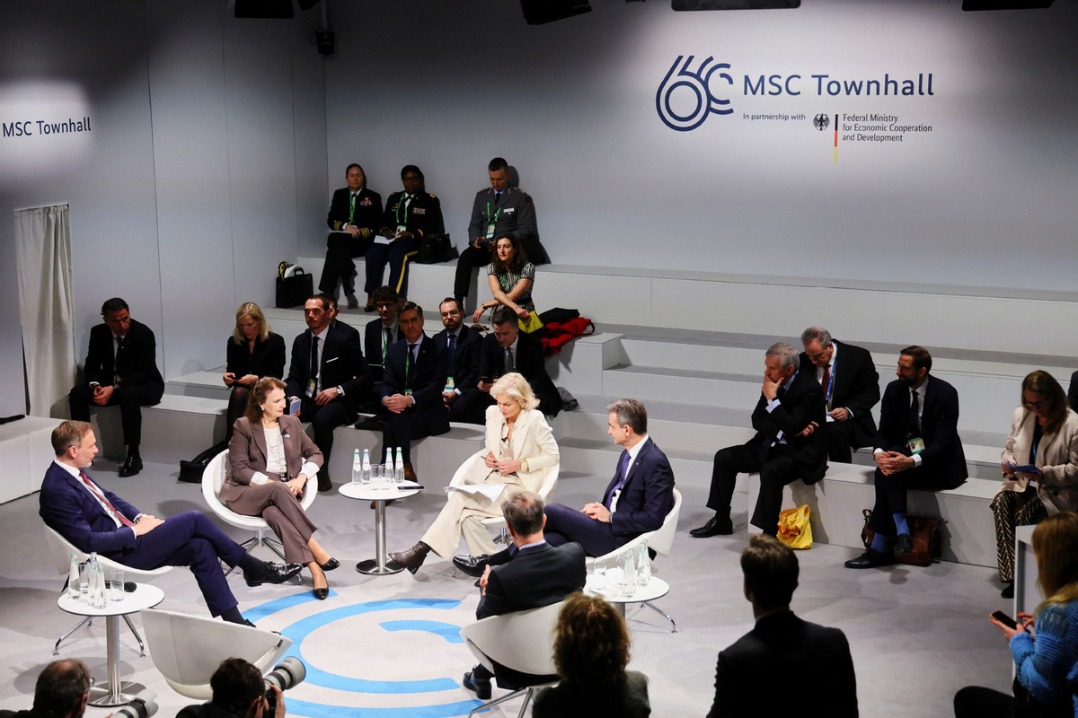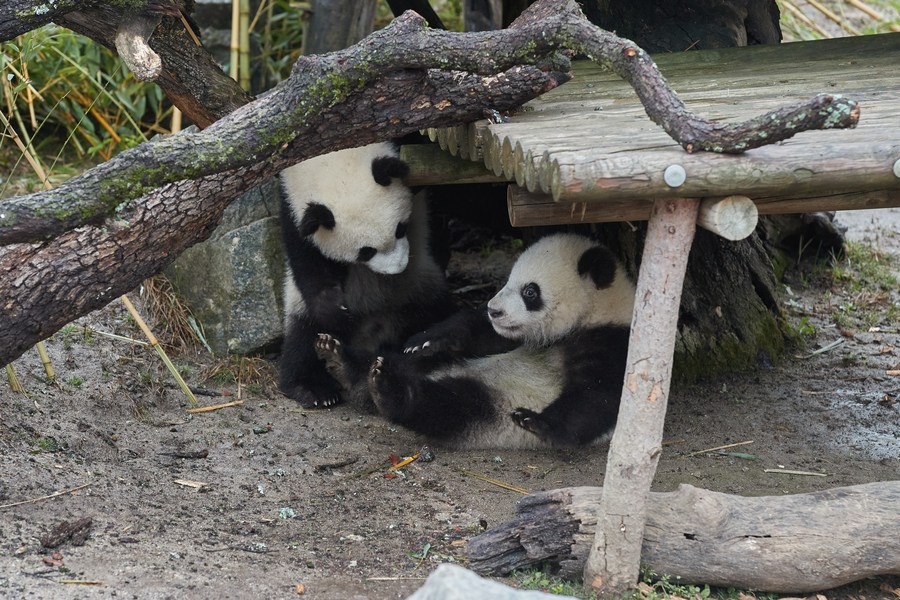Decoupling proves to be wishful thinking
China Daily | Updated: 2024-01-19 06:52

"Decoupling", under the guise of "de-risking", is something easier said than done. It is actually not as easy as some Western politicians think for manufacturing enterprises to relocate out of China.
For instance, over the first seven months of last year, toys produced in China still accounted for 79 percent of toy sales in the United States and Europe. Manufacturers have found that it is not easy to move production to other countries because other countries lack modern port facilities with such a large scale as those in China, and developed transport facilities like those in China. And in terms of work efficiency, other countries cannot compare with China either.
In the era of globalization, the relocation of some industries is a normal phenomenon. Every country's development strategy is adjusted at different times. Research shows that since the second half of the 19th century, significant cross-border industry chain relocation has occurred at least five times around the world.
The transfer of the industry chain itself follows market rules. The hyping-up of the so-called "foreign investment and production withdrawal from China" is more of an exaggeration based on ideological bias and driven by political needs.
In fact, very few industries have moved out of the country in recent years. What China is experiencing is more like a readjustment of the division of labor in some upstream and downstream production links. For example, among the types of products exported from China to Vietnam, intermediate products account for more than 70 percent. And electronic integrated circuits, mechanical equipment parts and steel are the main products. According to statistics, from January to May 2022, 90 percent of Vietnam's imported goods from China are related to production equipment as well as intermediate products.
That means although the destination of some Chinese export products has changed, and some industry chains have seemingly moved to Southeast Asia, the final export destination still points to Europe and the US, and China is still the production center of the world.
The relocation of labor-intensive industries to other countries is natural as the wage level in the latter is lower. And the move is also in line with the new development model China pursues that stresses innovation, quality and efficiency.
As the global economic recovery is sluggish, China's economy is also in a transformation period shifting gears to a more sustainable development model. It is unavoidable that the country will have to face some challenges and pressure in the process. However, China's economy has its own operating logic and unique characteristics, and its resilience in the face of storms is unquestionable.
-Beijing Daily























